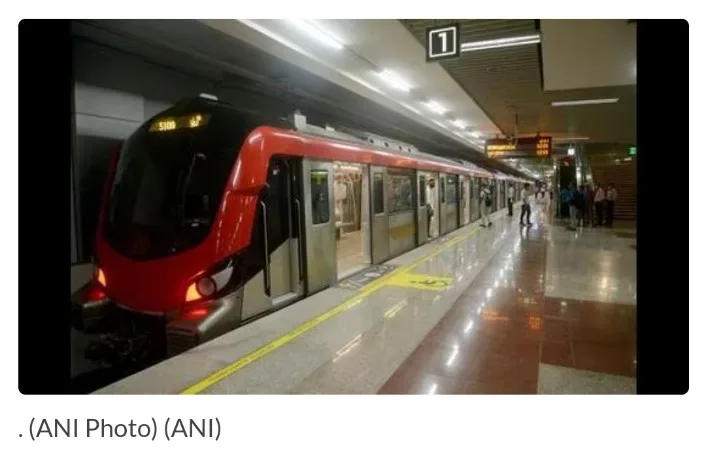A recent report by IIT-Delhi and The Infravision Foundation has unveiled that ridership on all metro rail networks in India falls below 50% of their anticipated ridership. Titled ‘A framework for selecting an appropriate urban transport system in Indian cities,’ the report indicates that most metro rail systems in India achieve only 25-30% of their projected ridership, with the Delhi metro being the exception at 47.45%.
India currently boasts a 905-kilometer-long operational metro network across 20 cities, including the Delhi-NCR region. However, the report highlights the discrepancy between projected and actual ridership targets for these metro systems.
According to Geetam Tiwari, a professor at IIT-Delhi and co-author of the report, “Metro systems operating in India have 25-35% projected ridership. Since all benefits and revenue generation are dependent on the actual ridership, none of the systems have achieved the estimated benefits at the time of approval of the project.”
Despite the Delhi Metro Rail Corporation (DMRC) having the largest network, it also falls short of the 50% projected ridership mark. Officials from DMRC, however, stated that the Delhi Metro has surpassed the ridership target required for a mass transit system in Delhi, serving approximately 6.7 million passenger journeys on weekdays.
The report emphasizes the importance of a robust public bus transport system in all cities, even those with extensive metro connectivity. It suggests that the daily commute for the majority of city dwellers, regardless of densities and incomes, is less than 10 km in length. The report calls for a reevaluation of urban transport strategies to align with the actual travel patterns of residents.







